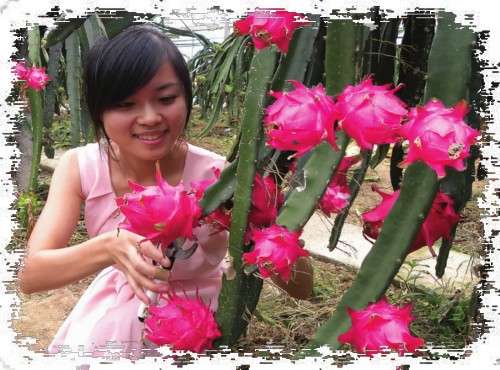Fixed Branch shaping of White Wax Bonsai stump
Fraxinus mandshurica belongs to Melilotus, a plant of the genus Euphorbia. Jingshan, native to western Hubei, is a deciduous tree with a height of more than 30 meters. Young and mature bark is smooth, light grayish green, middle-aged and old bark has longitudinal dark gray wrinkles. The new buds sprouted in the first year should be dealt with according to the strength and weakness of the sprouting branches of each stump.
For prosperous trees, generally after the Beginning of Autumn in early August, when most of the branches grow above 40cm, fix the branches and leave the branches in line with the modeling direction, leaving 1-2 branches from the raw branches, and the rest will be removed. If you find that there are no branches in the parts that need to come to the branches, you can use the excess branches in the lower part of the trunk to connect with the missing branches, and the lower part should be pulled in place with rope or aluminum wire. At this time, it is best not to tie up the shape by winding. As a result of the node white wax branch thicker faster, a little careless, it will sink silk, affecting the beauty and growth of the first-class branch. Urea fertilizer was applied to every square meter of 10g-20g according to the pile area every other week after setting branches to promote the thickening of new branches.
Because white wax can grow when the daily average temperature is more than 15 ℃, as long as the new pile has sufficient water, fertilizer and sunlight, the diameter of the base of the vigorous branch can reach more than 20mm from the same year to before frost. Therefore, the terminal branch should be pinched first to control its length (the commodity post of rapid prototyping can cut the first branch and the second branch at the end of the year). The branches that need to be thickened at the bottom and other parts are allowed to grow. It should be observed at any time in the process of management, and it is found that the extra branches sprouting at the base of the dry branches should be erased in time, otherwise the crazy branches will grow suddenly, consume nutrients in vain, and affect the growth and thickening of the set branches.
After the frost leaves fall, it can be served in the basin. Dig out the pile material from the sand bed, shake off the gravel from the root, cut off the overlong root, cut the branch shape, plant it according to the size of the pile, fill with nutritious soil, and the shallow basin should be surrounded so as not to expose the fibrous root to the surface of the basin. Finally, we should pour enough water and strengthen the management of overwintering. If the sand bed is not in a hurry to be used, it can be pruned in winter, and it is better to put it on the basin on the eve of germination in spring.
For weak trees, although they sprout and branch, but the roots do not grow and grow sparsely, they should continue to be cultivated in the plant sand bed and put on the basin again after the roots and branches grow flourishing in the second year. Do not rush to prune the pot, affecting the survival rate.
Time: 2019-06-12 Click:
- Prev

Pruning and pose technique of Osmanthus Osmanthus bonsai
Sweet-scented osmanthus bonsai inherits the technical characteristics of various schools, mainly using techniques such as shrinking dragon into inch, cutting dry and storing branches, coarse binding and fine cutting, lifting roots and leaking claws, and controlling up and down. The shape of the tree is mainly curved dry type, oblique dry type or floating type, with oblique spread, luxuriant branches and leaves, simple and natural, the most appreciable and fragrant when flowering.
- Next

How to prune the stump bonsai
Bonsai trees are still growing, if they are allowed to grow naturally, unrestrained, it is bound to affect the shape of the tree and lose its artistic value. Therefore, it is necessary to prune in time, long-skill short cut, secret skill sparse cutting, in order to maintain beautiful tree posture and appropriate proportion. Bonsai trees often produce many new branches in order to keep their shape beautiful.
Related
- Fuxing push coffee new agricultural production and marketing class: lack of small-scale processing plants
- Jujube rice field leisure farm deep ploughing Yilan for five years to create a space for organic food and play
- Nongyu Farm-A trial of organic papaya for brave women with advanced technology
- Four points for attention in the prevention and control of diseases and insect pests of edible fungi
- How to add nutrient solution to Edible Fungi
- Is there any good way to control edible fungus mites?
- Open Inoculation Technology of Edible Fungi
- Is there any clever way to use fertilizer for edible fungus in winter?
- What agents are used to kill the pathogens of edible fungi in the mushroom shed?
- Rapid drying of Edible Fungi

